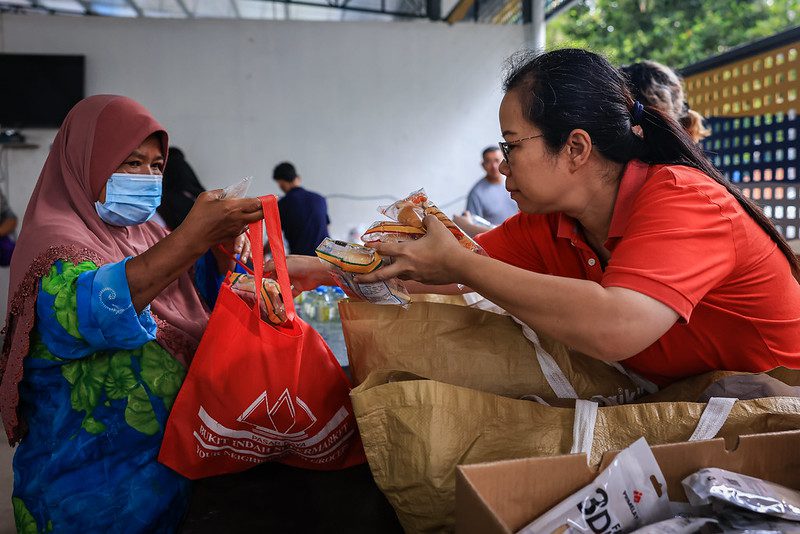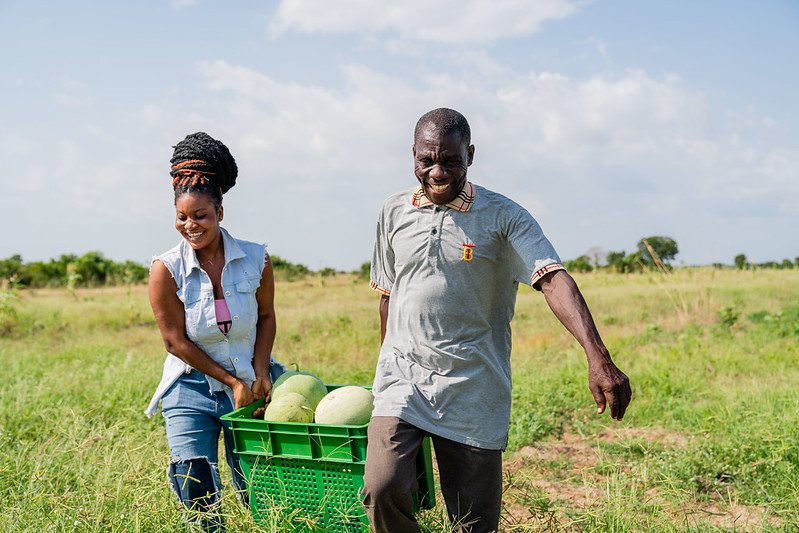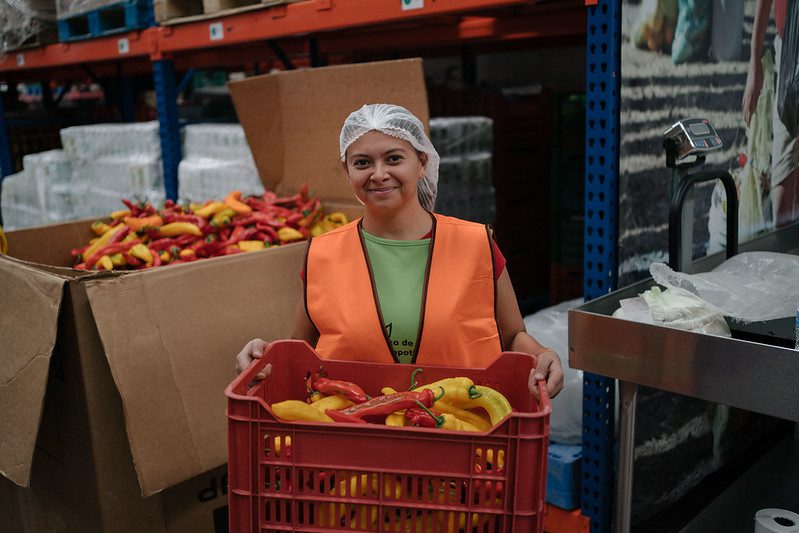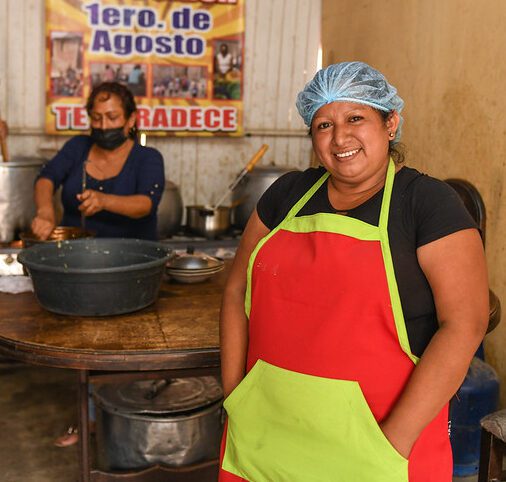45개국에 있는 글로벌 푸드뱅킹 네트워크 회원 54명의 데이터에 따르면, 2023년에도 전 세계 식량 구호 수요는 높은 수준을 유지했고, 식량은행은 2022년보다 약 1,000만 명 더 많은 4,000만 명에게 식량과 식료품을 제공했습니다.
팬데믹 이후 식량 수요가 감소할 것이라는 예상에도 불구하고, 네트워크 내 식품은행은 2020년 코로나19 팬데믹 초기와 거의 같은 수의 사람들에게 식량을 지원했습니다.
서비스 확대는 주로 갈등과 재난으로 인한 높은 수준의 수요에 의해 주도되었습니다. GFN이 활동하는 모든 국가에서는 적어도 하나의 자연재해가 발생했으며, 71%의 국가에서 내전을 경험했습니다.
2023년에 푸드뱅크는 유통을 평균 25% 늘려 약 6억 5,400만 킬로그램의 식품과 식료품을 공급했는데, 이는 17억 끼니에 해당합니다. 확장의 대부분은 기아율이 더 높은 경향이 있는 신흥 및 개발도상국의 푸드뱅크에서 이루어졌습니다. 이러한 국가는 2023년 네트워크 전체 식품 유통량의 약 60%를 차지했습니다.
제시된 데이터는 GFN의 네트워크 활동 보고서를 통해 수집되었으며, 2023년 달력 연도의 식품은행 회원 활동을 나타냅니다.

문리사 CEO 겸 사장
글로벌 푸드뱅킹 네트워크

말레이시아 쿠알라룸푸르에서 커뮤니티 구성원들이 Kechara Soup Kitchen의 주간 배급에서 식품 패키지를 받고 있습니다. 패키지에는 준비된 따뜻한 식사, 음료, 과일, 구운 식품이 들어 있습니다. (사진: GFN/Annice Lyn)(사진: GFN/Annice Lyn)

가나 아크라의 에이다-웨스트에서 레티시아 아이쿠-페치가 에제키엘 아그보비가 Food for All Africa에 기부할 수박 수확물 일부를 나르는 것을 돕고 있다. (사진: GFN/Julius Ogundiran)

멕시코 할리스코주 자포틀라네호에서는 Bancos de Alimentos de México Zapotlanejo의 자원봉사자인 Alejandra Gamiño Vicencio가 창고에서 신선한 농산물을 정리하고 있습니다. (사진: GFN/루이스 안토니오 로하스)

페루 리마에서 La Merced Soup Kitchen의 요리사가 San Juan de Lurigancho의 지역 주민들을 위해 따뜻한 식사를 준비하고 있습니다. 이 조직은 Banco de Alimentos Perú에서 음식을 받고 식량 불안을 겪고 있는 사람들에게 매일 식사를 제공합니다. (사진: GFN/Nicolas Villaume)
지역 지도자, 파트너, 자원봉사자는 지역사회 고유의 필요 사항과 문화적 맥락이 푸드 뱅크 운영의 핵심이 되도록 보장합니다.
2023년에 회원들은 식료품 저장실, 주방, 쉼터를 포함한 76,000개의 지역 조직과 협력했으며 30만 명이 넘는 지역 자원봉사자의 지원을 받았습니다. 자원봉사자들은 350만 시간의 노동과 기술 기반 서비스를 기부하여 푸드뱅크의 활동이 가능해졌습니다.
더그 오브라이언
프로그램 부사장
글로벌 푸드뱅킹 네트워크